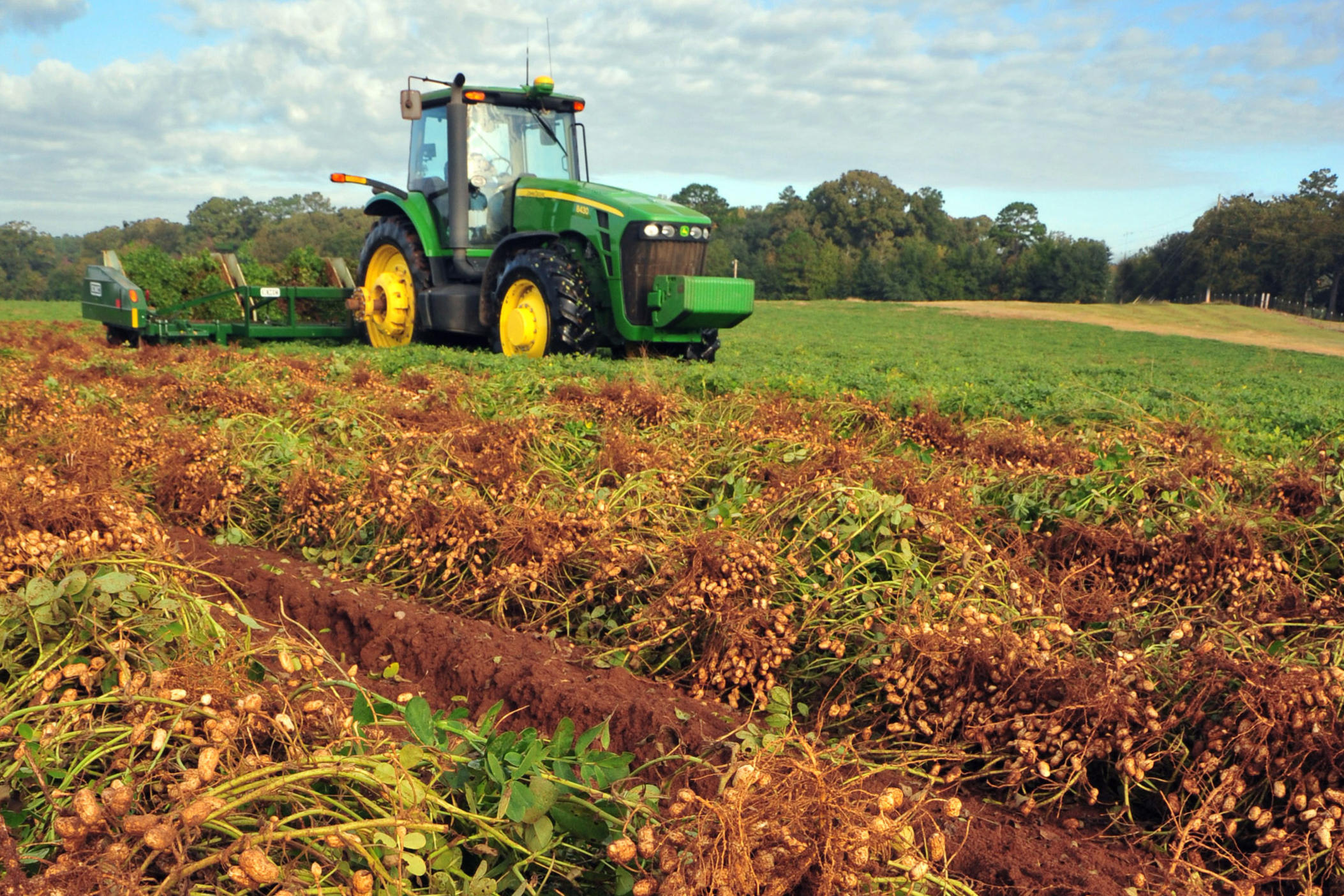Section Branding
Header Content
'It's going to have impacts': How Georgia farmers should brace for Idalia
Primary Content
South and Coastal Georgia counties are expected to go on hurricane watch early Wednesday as Tropical Storm Idalia brings heavy winds, rain and possible flooding.
The most recent hurricane to make landfall in Georgia was Hurricane Michael in October 2018. Farms in Georgia lost billions of dollars after top crops were ravaged by the storm.
Director of the University of Georgia Weather Network, Pam Knox, said Tropical Storm Idalia won’t be as destructive for cotton and peanuts, typically picked later in the fall, but it will still cause damage.
"All that wind is definitely going to cause a lot of stress on the plants; it could blow off leaves or the developing cotton bolls," Knox said. "The advantage is that this is happening earlier in the growing cycle. And so it's probably not going to be as bad as Michael, but it's going to have impacts for sure."
While rainfall is welcome following abnormally dry conditions in the southwestern part of the state, Knox says too much water can cause diseases in peanuts, such as white mold, which can rot the nut pods and roots of the plant. Farmers should apply fungicide before the storms roll in to applicable crops, and limit watering in most fields.
"The pecan growers, I know have also been advised to stop watering their trees," Knox said. "Usually this time of year they're watering like crazy because it's that water that help fills out the nuts. But when you have really wet soil, the tree roots are easier to pull out of the ground."
The University of Georgia Extension estimated crop losses of up to 40% for pecans, 90% for cotton and between 30 and 90% for some vegetables after Hurricane Michael.
Georgia Department of Agriculture Commissioner, Tyler Harper, said Tuesday afternoon that the department's emergency management agency is on standby to help survey possible damage caused by the storms.
"Our team has been working diligently over the last 24 to 48 hours to ensure that the resources we have are ready to be deployed," Harper said. That includes considering what kind of financial assistance farmers may need if their crops are destroyed.
"I think for our farmers and producers, it's important that they document even before the storm," Harper said. "I think it's vital to know what you what what your crop status may be before the storm even gets here."
Already this year, Georgia's peach crop was decimated and some of the state's blueberry crop destroyed after an unexpected early frost. The U.S. Department of Agriculture designated 18 counties as natural disaster areas as a result.
"We know that these issues are going to come up," Harper said about natural disasters. In regard to what that might mean for assistance from the state or federal government? "Obviously, if we need to open those lines of communication up based on what may or may not transpire with the storm, we're ready and willing to do that and look forward to having those conversations if they are needed."
State Rep. Clay Pirkle said he's spent the past two days on his farms in Turner and Irwin counties spraying his peanut crop, but there isn't much he can do to protect his cotton.
"I used to be very optimistic," Pirkle said. "And I think with my past experience with hurricanes, specifically Hurricane Michael because it just tore me out the frame ... I can't enjoy having a pretty good crop because I'm waiting for the next shoe to drop."
Disaster resources for Georgia farmers can be found on the UGA Extension website and from the Georgia Department of Agriculture.


